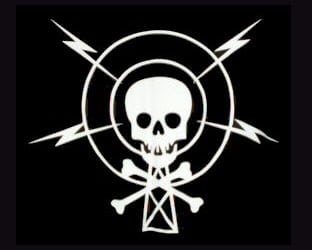The HD Digital Radio Alliance also announced that all of the major objectives for programming on which the Alliance was founded have now been achieved and all restrictions on how member broadcasters can program and generate revenue from their HD2 broadcasts have been completely lifted. At the same time, the Alliance announced that all member broadcasters have pledged to preserve the local diversity and consumer choice of their HD2 content, as well as the clutter-free nature of the programming.
“We set out three years ago, in part, to do something revolutionary with radio programming – create and nurture the first new set of radio broadcasts since FM,” said Peter Ferrara, president and CEO of the HD Digital Radio Alliance. “And we’ve succeeded: we’ve fielded the technology; we’ve rolled out the broadcasts nationwide; we’ve created consumer choice and diversity; and we’ve restricted commercial content. It’s now time to place more control and priority in the hands of our industry’s outstanding local market managers, general managers and program directors. We’ve planted the seeds and now it’s time for our industry to roll up its sleeves and make this garden grow.”
In the three years since the Alliance was founded, the number of HD2 broadcasts has grown to more than 800 and member broadcasters have adopted an innovative approach to revenue-generation. Instead of the commercial spot approach favored by AM and FM broadcasts, HD2 channels use other forms of advertising, including sponsorships and day-part “takeovers”. The result: more music and talk and fewer commercial interruptions.
With the reins being taken more directly by broadcasters, the HD Digital Radio Alliance will now devote even more resources on marketing HD Radio broadcasts to consumers, with particular focus on local HD2 programming.
RBR/TVBR observation: We’re not so sure why there were restrictions in the first place. The local market demographics should dictate what kind of multicast formats get on the air—just like with the main signals. We do like the Alliance’s latest round of commercials—similar to 70’s-era school-age educational tapes. They are more attention-getting and less insulting to traditional radio. Now that there are no restrictions, let’s find some innovative ways to get listeners and advertisers excited. Like CC Radio’s eRockster HD-2 format, let the listeners (especially younger demos) pick the songs a multicast format will play. Let them do it via texting. Let their voice snippets air on the HD-2 signal with their song picks.
Drive contesting and cash prizes for HD Radio giveaways—use the HD-1 signal to drive them over. Advertisers can be present on both sides. And remember—young adults are technologically savvy—they can figure out if they’re listening to an HD-1 station at 97.3, how to move over to an HD-2 format on 99.5.
Really, the biggest hurdle is teaching them how to get good reception. Hand out antennas and reception advice with those radios!




